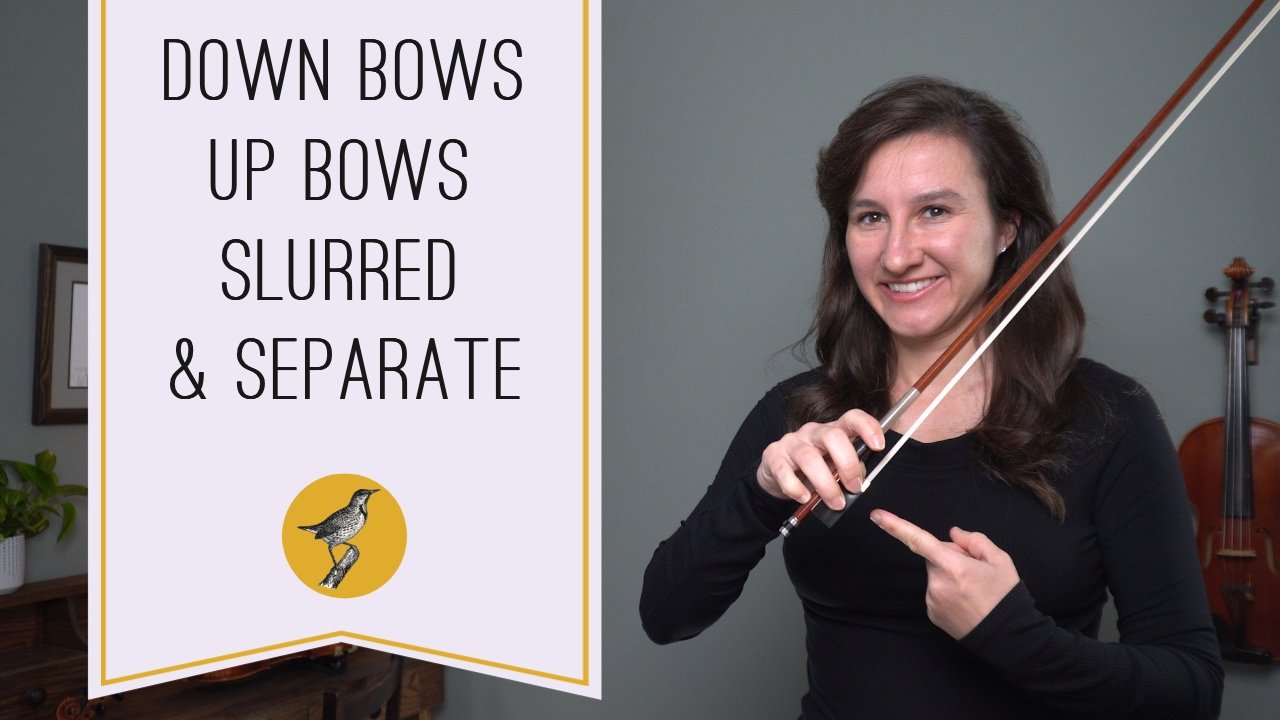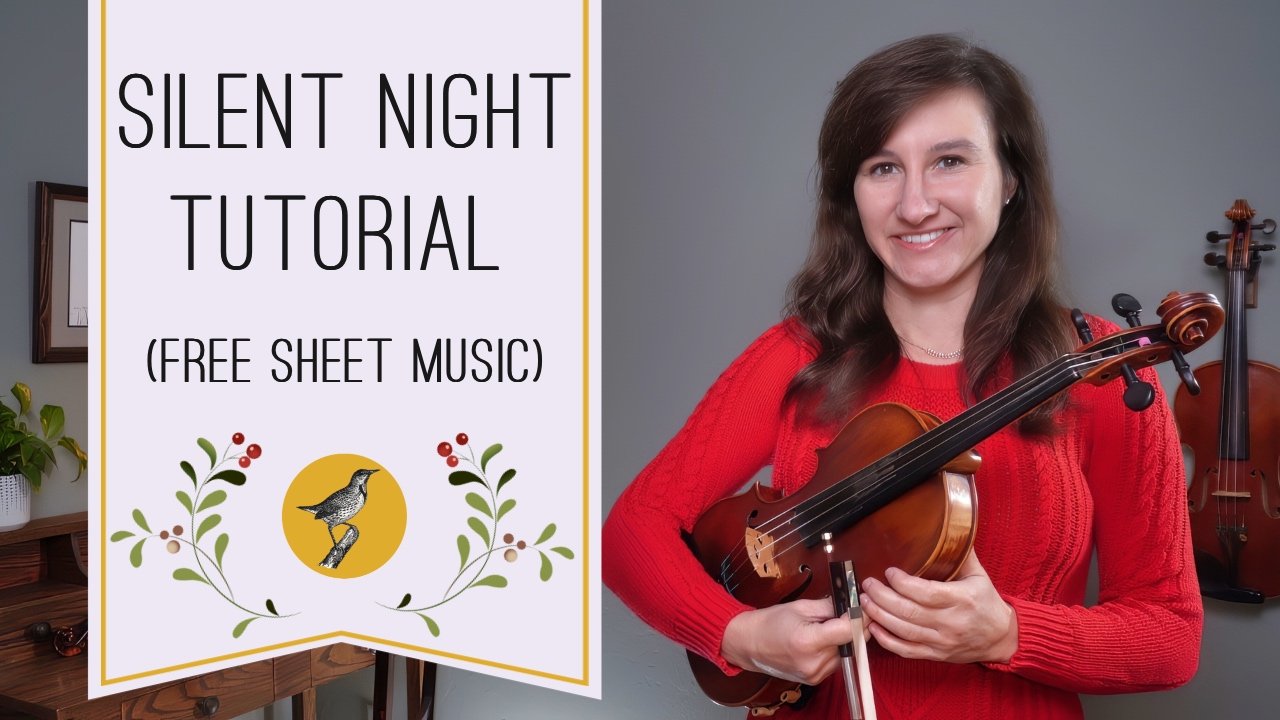8 Ways To Make Practicing Fun!
/Before I share a few ways to make practicing fun for your child, let me start with a caveat. Practicing isn’t always fun. That doesn’t mean that it’s tortuous, but it’s not always smiles and giggles. Sometimes your child just has to buckle down and do it. At the same time, you don’t want music to be yet another homework assignment. Having fun during practice time can be a great way to cultivate creativity and encourage focus if you choose the right “games.”
Some of these games are ways to get students to practice for longer. Keep in mind that as students progress, we want them to stop focusing on quantity practice with mindless repetition and start aiming for quality, goal-oriented practice.
As much as we wish our 7 year-olds would wake up and say, “Today I’m going to focus on getting my F sharps in tune,” that’s probably not going to happen. So until they do start thinking like that, here are 8 ideas to make practicing fun.
*Some of these games can get crazy. Use your discretion to ensure violins and bows aren’t harmed. Otherwise, you might be making an educational visit to the violin shop for repairs!
1. Hopscotch—Perfect for when your child is having problems with a specific section or measure. It requires them to focus to “win.” Using a a tiled floor or a carpet with squares, place a piece of candy on a square. Then position your child 7 squares behind the prize. If they play the measure correctly, they can move forward. If they make a mistake, backwards. When they get to the candy, they’ve played their problem spot correctly for at least 7 times.
2. Crazy Cup—Ideal for when students have already learned a measure or song but still need more repetitions before they’ve mastered it. On several slips of paper, write down actions your child can do while playing their piece (they can help you think up ideas). Keep in mind, they’ll be holding a violin so nothing too crazy like somersaults. In the crazy cup I use for my students, I have actions like “play with one eye closed” or “walk around in circles,” “sway like a tree.” Having them move around while playing can also help them relax and keep them from developing tension problems.
3. Recess—Take advantage of your portable instrument and go outside for practice time! When your backyard gets boring, go to a park or playground. Better yet, surprise a neighbor or friend with a song at their doorstep.
4. Every room in the house—Challenge your child to play a song in every room in your house. They’ll have fun playing in the dark in the closet. Ask them what room they sounded the best in. This will get them actually listening to themselves (which doesn’t always happen). A tiled bathroom will be a lot different than a carpeted bedroom!
5. Teacher time—Have your child be the teacher and let them give you or another family member a lesson. Make sure you ask them if your bow hand and posture are correct. You can deliberately mess something up so the child has to fix it. Act confused and ask them to demonstrate how to do it right. This helps remind them about all those curved pinkies and thumbs!
6. Free time—You might call this noise, but I call it improvisation. Being able to experiment and come up with their own songs is vital to a child’s creative development and aural skills. I never did this as a child and as a result, I was terrified of “jamming” with a band or playing anything without music in front of me. It was a fear that took me a long time to get over. It’s important to start this exercise early. The older the child gets, the more terrified the student becomes of playing something “wrong.” Imposing a few rules gives this time some structure. You must insist they continue to hold the instrument and the bow correctly. To reduce the chaos, give them a certain string to improvise on or a rule of “only open string and 2nd fingers” or “only use the Mississippi Hot Dog rhythm.” You can even make another cup with slips of paper with “rules” for guided improvisation.
7. Play along—Listening to better violinists is the best thing to keep students motivated. Students in orchestra programs have the benefit of always being surrounded by better players to mimic but students that only take private lessons don’t always have that. Youtube a professional violinist and let your child “play along” with them. They won’t be able to play all the notes, but simply pretending to play all the notes can do wonders for motivation. They’re listening to what they could achieve. Of course, use caution. If they’re pretending to be Lindsay Sterling, things could get out of control pretty quickly so be ready to take the violin away and transition to “air violin” before anybody, or anything gets hurt.
8. My Candy—This is my all time favorite trick for getting students to focus while they practice. Identify a problem measure, section, or song. Put five pieces of candy on the music stand. When the child plays the selected measures correctly, they get a piece of candy. But if they play it incorrectly, I take one of their pieces of candy, quickly pop it in my mouth, and comment on how delicious it is. Just seeing me eat their candy is enough to motivate them to focus on the task at hand. Before you start, give some parameters on what is considered “correct.” No stopping and starting, no wrong notes, no flat left hand wrists, good posture, etc.
What else do you do to make practicing fun? Share your ideas!
Happy Practicing!























